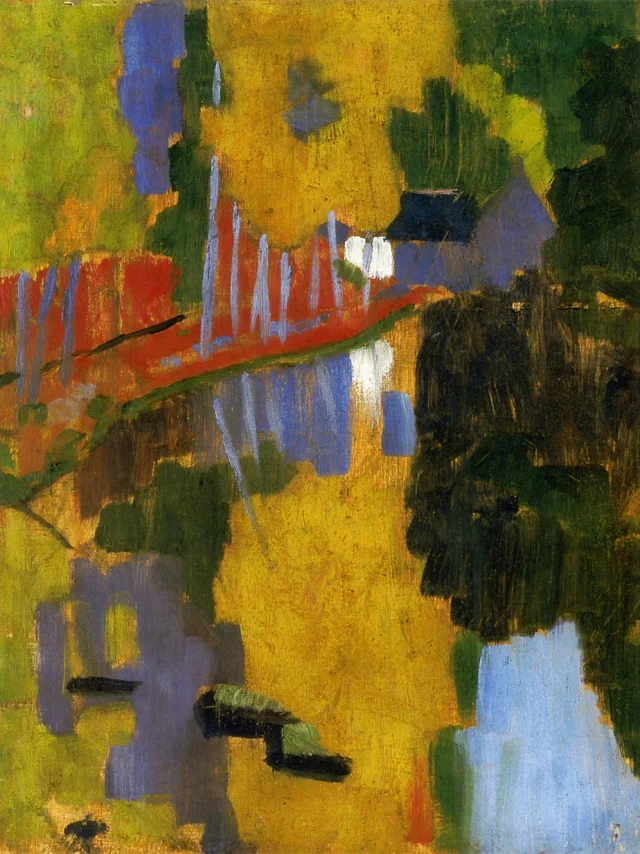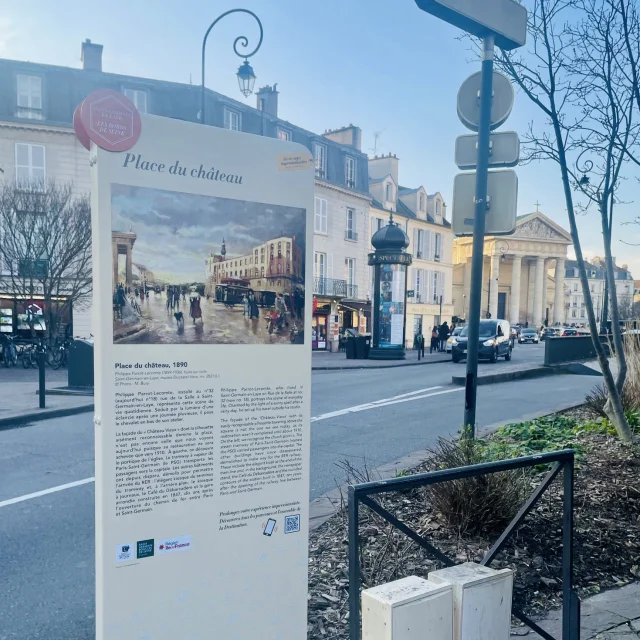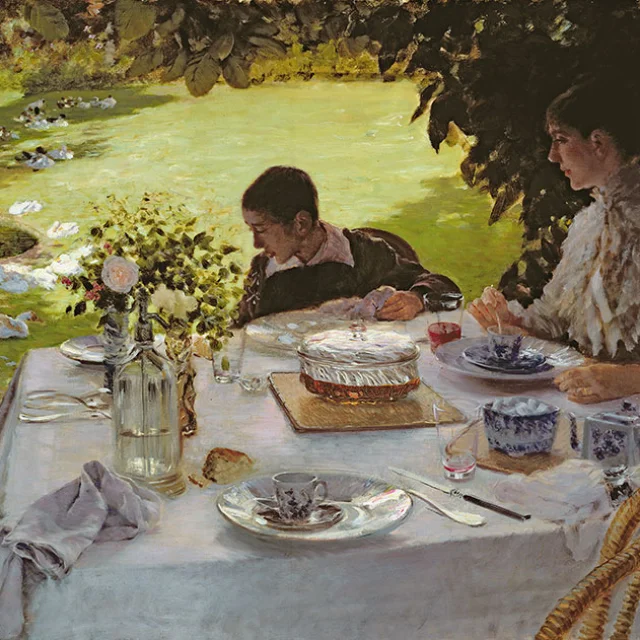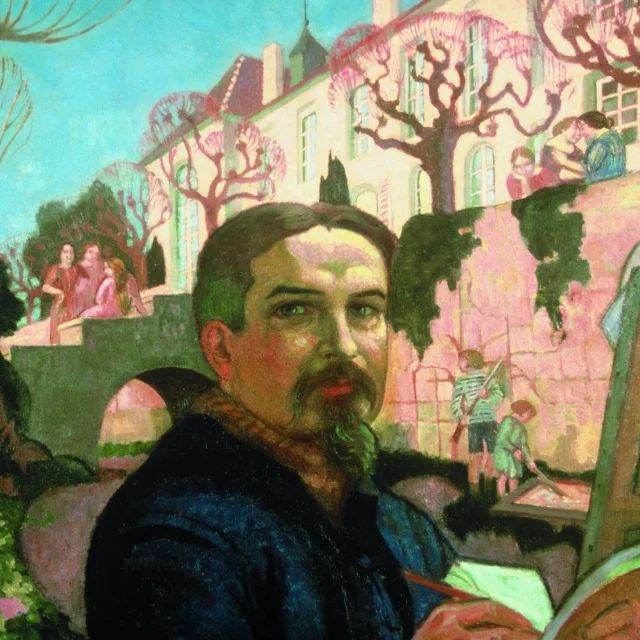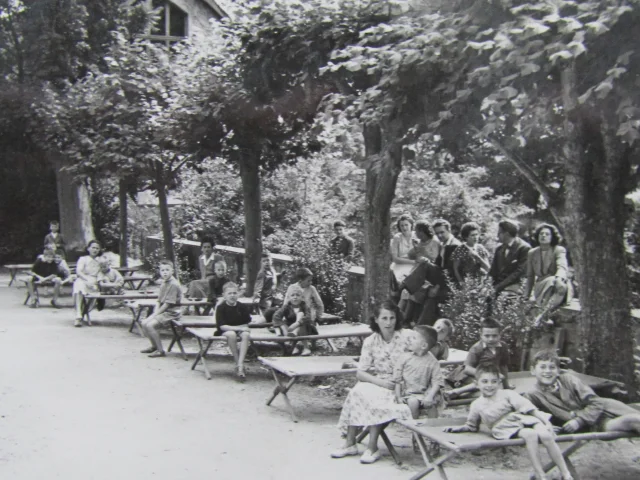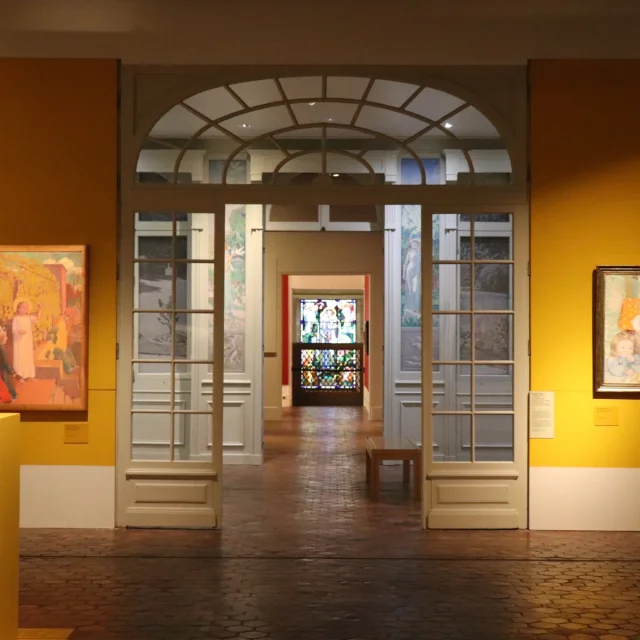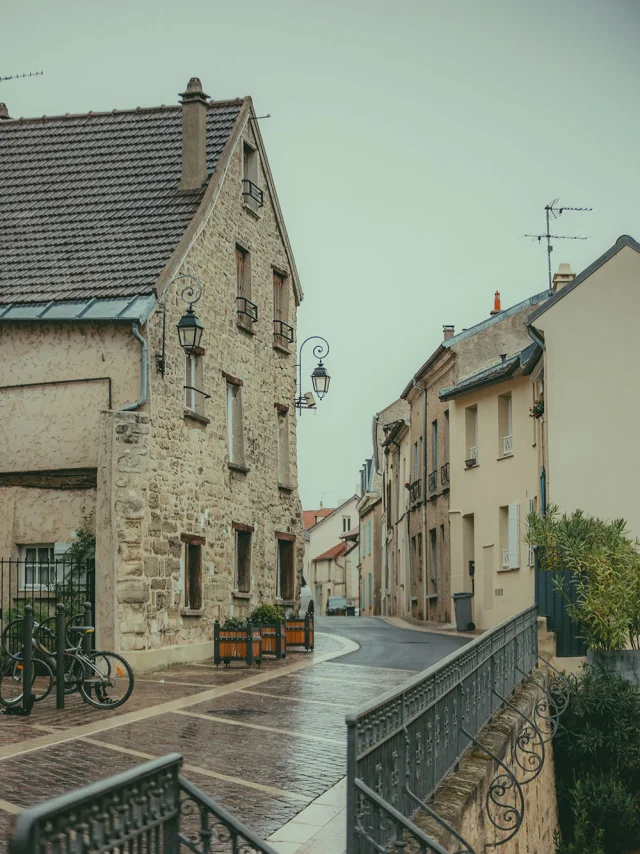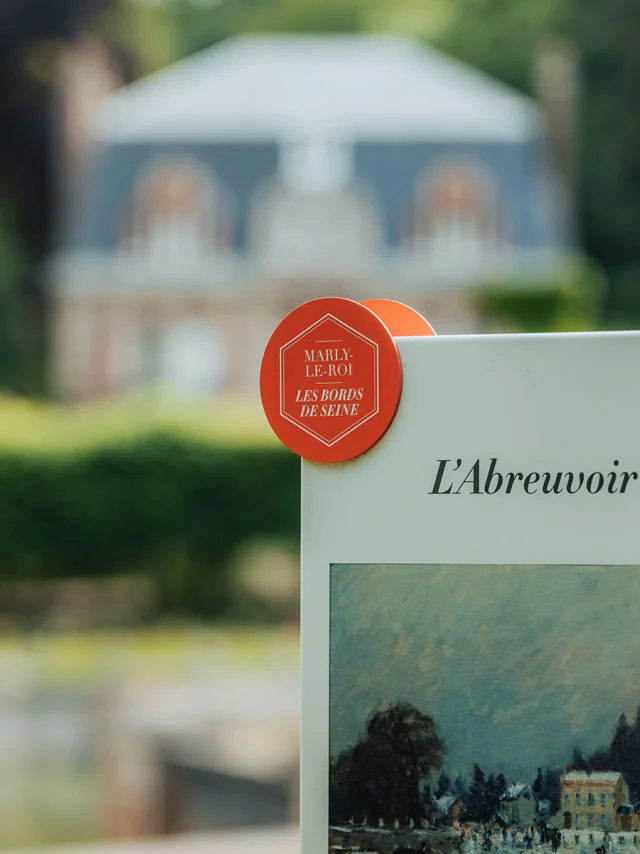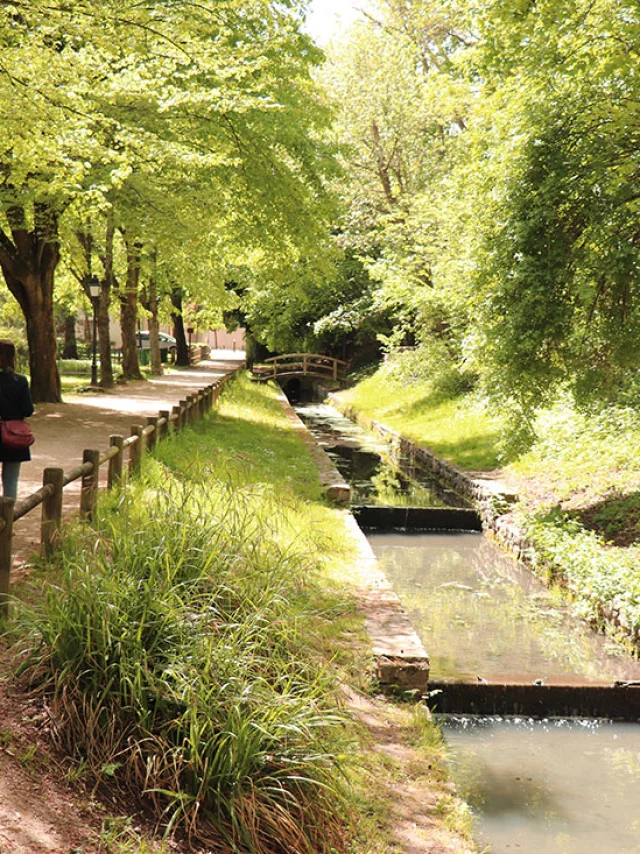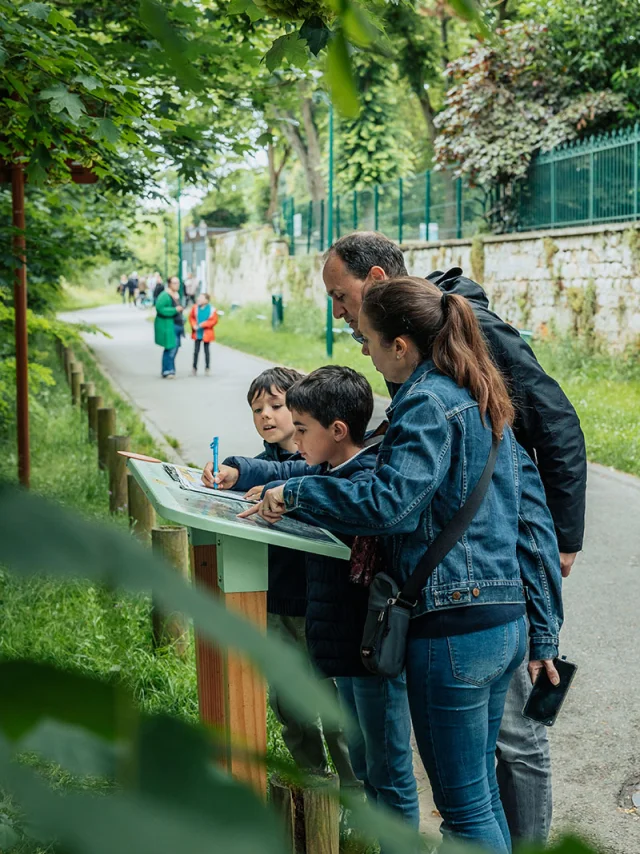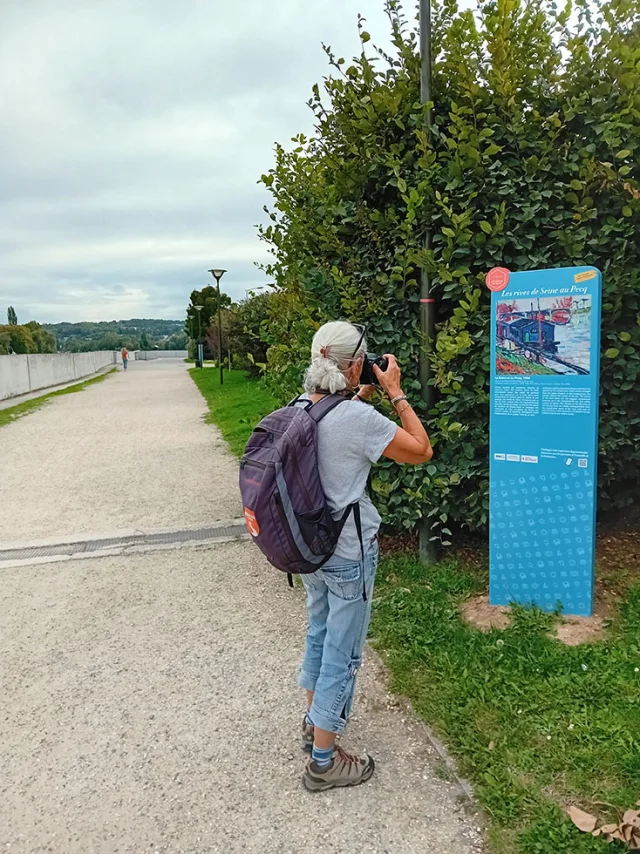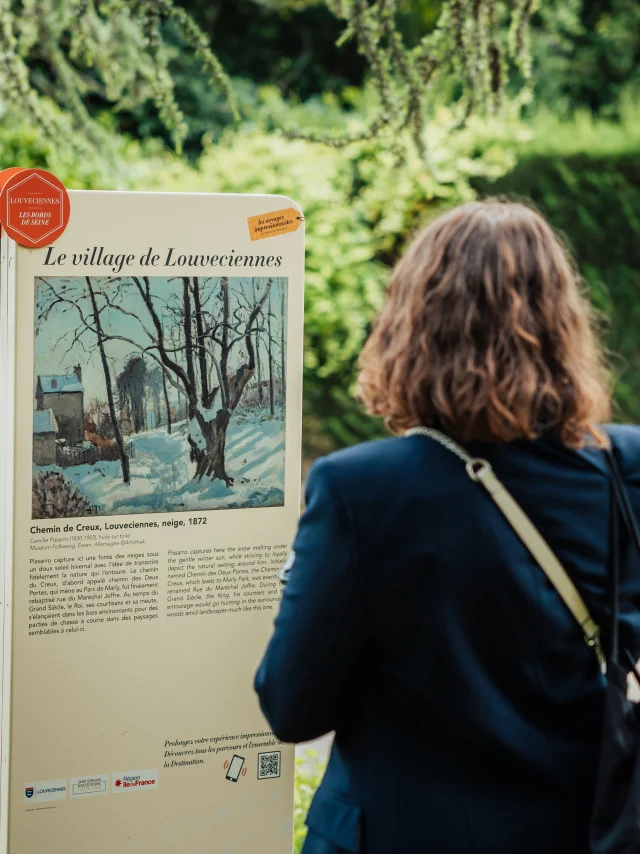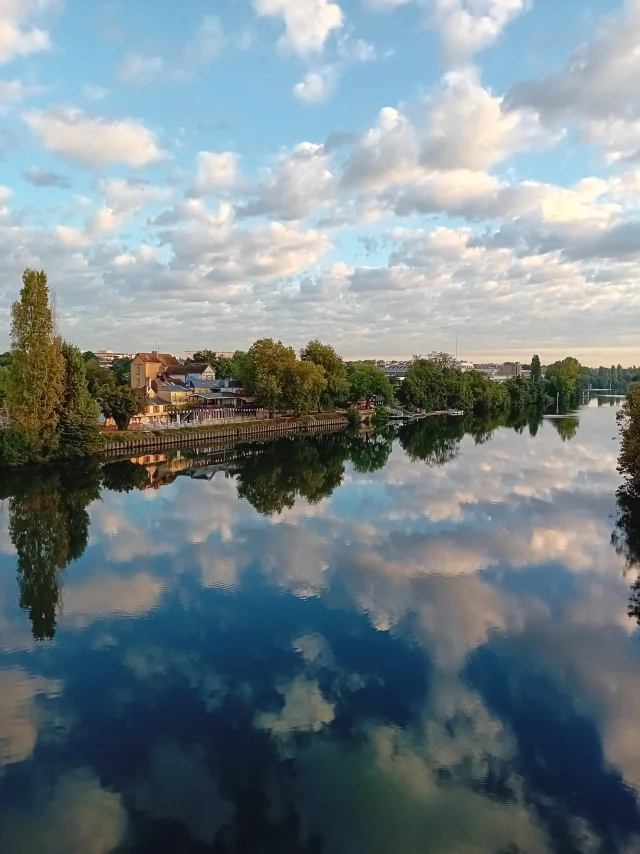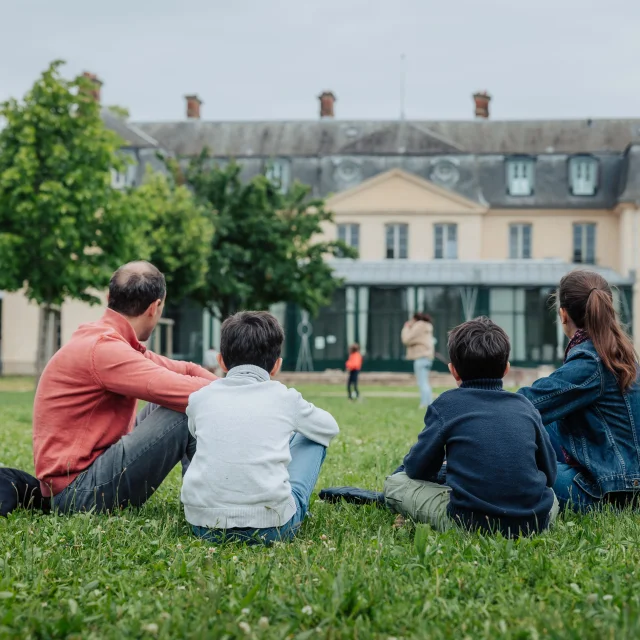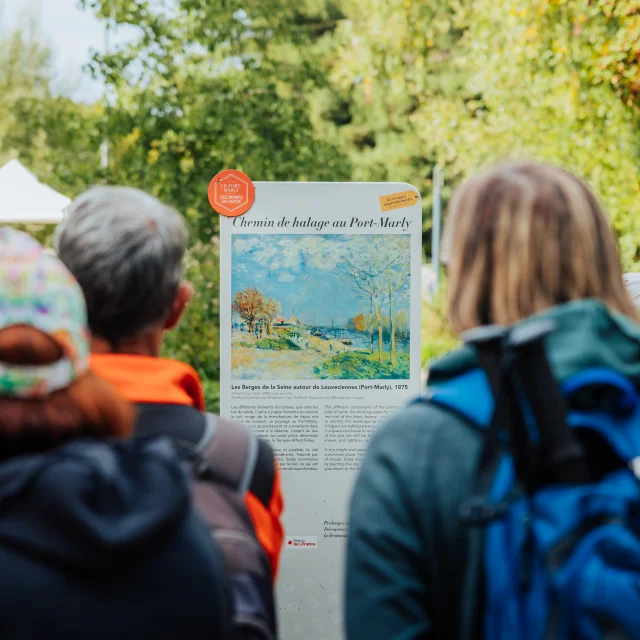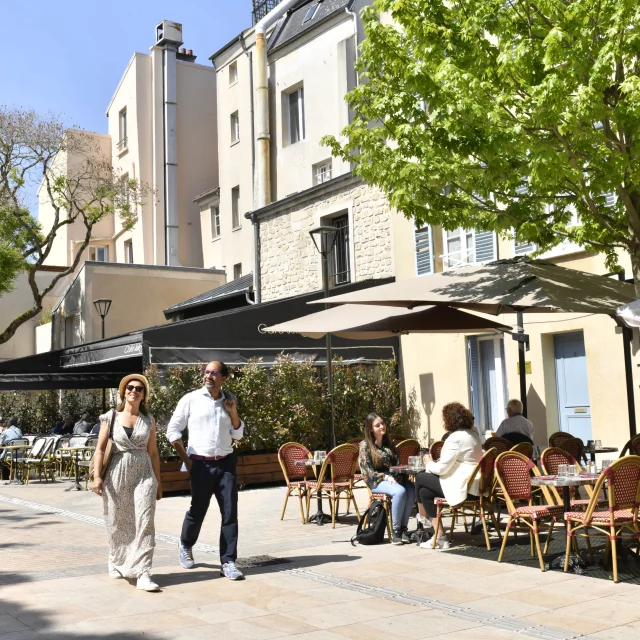In the autumn of 1888, Paul Sérusier (1864-1927) brought back from Pont-Aven a small landscape painted under the direction of Paul Gauguin, which was to become the Talisman of a group of young painters formed at the Académie Julian in Paris: the Nabis, a name derived from Arabic and Hebrew meaning “prophets” or “inspired”.
These avant-garde artists at the end of the 19th century are now internationally famous: Maurice Denis, Pierre Bonnard, Paul Ranson (1861-1909) who gave his name to the Academy they founded together in 1908, Henri-Gabriel Ibels the “nabi journalist” and Auguste Cazalis.
They were soon joined by Édouard Vuillard, Ker-Xavier Roussel, Georges Lacombe (1868-1916), the “nabi sculptor”, and Aristide Maillol. Foreigners were not to be outdone, with the Dutchman Jan Verkade, the Dane Mogens Ballin, the Swiss Félix Vallotton and the Hungarian Jozsef Rippl-Ronai.
The Nabis offered their vision of the world through their painting, with its simple, uncluttered forms and straightforward flat tints of colour, breaking with the codes of Impressionism. Their compositions often refer to their respective appetites for esotericism and the occult.
“A word of advice, don’t copy too much from nature. Art is an abstraction. Draw it from nature by dreaming in front of it and think more about the creation than the result.”
Letter from Paul Gauguin to Emile Schuffenecker, Quimperlé, 14 August 1888
The movement was not to have a remarkable lifespan. After a few years, in 1900, the Nabis group dissolved and each went in different directions.

